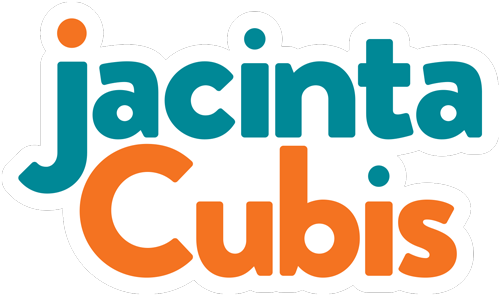Facilitators are guides, not helicopters
Warning: this blog features a cat.
Finbar got his P-plates at four months old. He is now allowed to go outside on his own, whenever he wants, in daylight hours.
Finbar is our short-haired domestic tuxedo kitten. He’s been hankering to get outside since he first encountered the screen door.
Finbar’s pathway towards independence coincided with my design of a number of completely different workshops. Finbar’s problems were similar to groups in workshops.
Groups can’t get on with the work with a facilitator hovering like a helicopter. Finbar couldn’t explore with us hovering like anxious parents.
Groups can’t do any of their own thinking when an anxious facilitator keeps giving them ‘solutions’ to the problems they’re exploring. Finbar was never going to find his way home if we kept him on a lead. We tried this for a while.
Groups disengage and lose agency with facilitators ‘run interference’. We over-explain instructions, give too many and confuse people. We interrupt groups when they’re in the middle of nutting out a problem. We mean well, but it’s misguided.
We're often responding to a client’s concern that we only have one chance at ‘getting this right’ and ‘can’t stuff it up’. We only have one kitten. Despite his nine lives, we couldn’t stuff up his transition from supervised walks to freedom.
Tim, my partner, kept telling me we had to let him go. We had to accept the risk that he’d been cat-napped, get lost or worse.
We had to get out of Finbar’s way, just like facilitators need to get out of the way with groups regardless of the sector or the purpose. A facilitator’s job is to help a group do their best thinking to achieve their purpose. The group has the expertise, the knowledge about their community or talk with customers and health consumers every day. Let them do their best thinking.
It’s one thing to talk about not hovering like a helicopter. Our experience with Finbar has reminded me that it is harder in practice. Especially in the face of pressure from a client, a manager or a co-facilitator who wants to know what the group will do every minute of a workshop.
One of the common problems with workshop design is that it’s all too much, too complex and too fast. As well as time and space to connect with each other and the topic, groups need our trust.
If I can trust a four-month-old kitten to roam free and return home safely, then I can trust any group to do the work they expect to do. It’s up to me to provide a structure, then step away and facilitate like a guide, not a helicopter.
As Finbar has discovered, freedom can be exhausting. I think it’s a mark of a good workshop if people leave tired but content.
Ready for some guidance for your next workshop? Here’s a few ways I can help:
Mine my blogs for ideas, free tips and step-by-step workshop processes. Scan my library of blogs here.
Come to my next Lunch and Learn on Thursday 8 April, 12pm – 1pm. It’s all about workshop design and it’s free. Comment below or email me with ‘LEARN’ in the subject line and I’ll send you the link to book.
Join me at my Backstage Masterclass. Every Tuesday, 12pm – 1.15pm, starting 20 April. Early bird closes 20 March. All the details and to register here.
Photo credit: Jacinta Cubis


